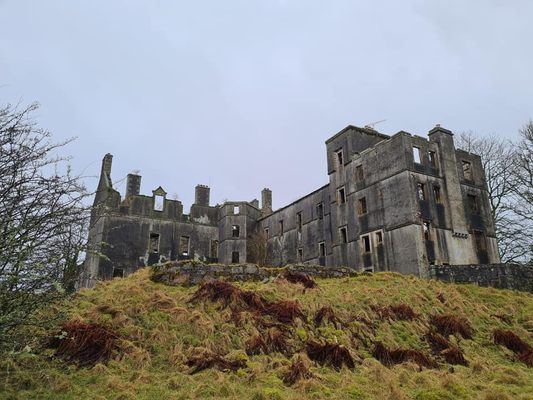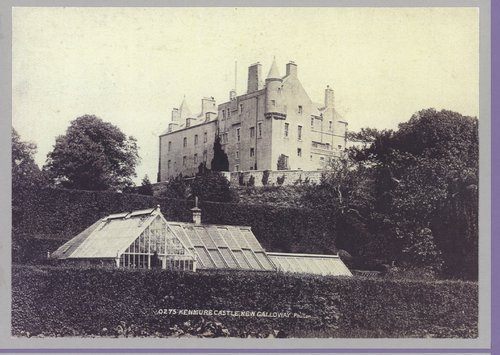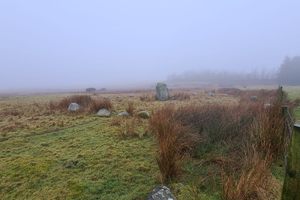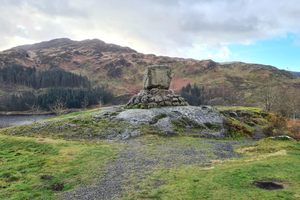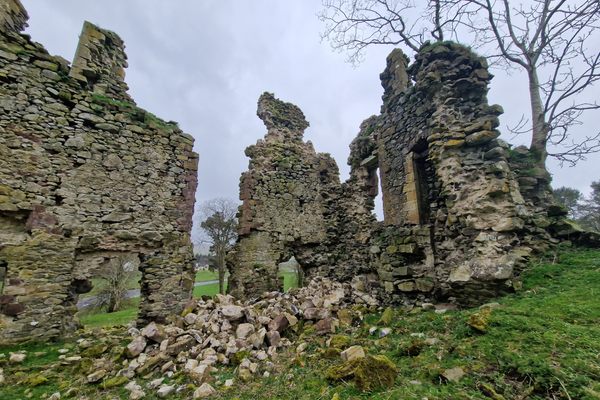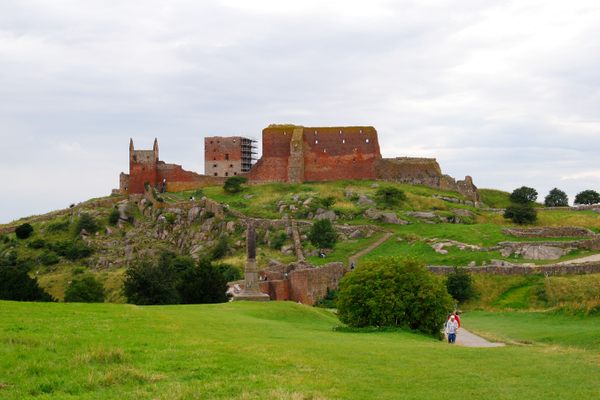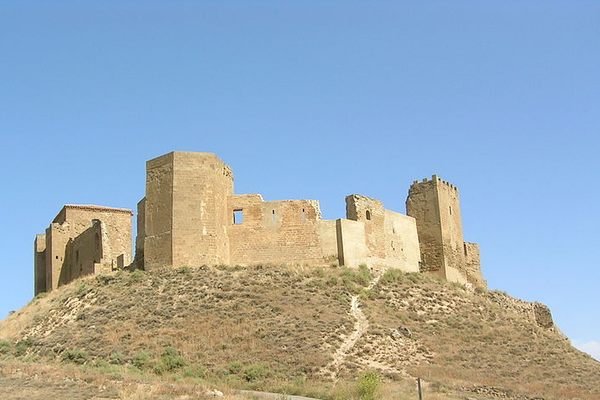About
Kenmure Castle is a ruined old castle balanced atop of a partially natural, rocky hill and once defended by the surrounding marshy grounds below. The site has been occupied since the early Middle Ages.
The Lords of Galloway were rulers of a semi-independent kingdom here in southwest Scotland until the 13th-century. There may have also been a fort located in the area.
Kenmure is considered the possible birthplace of John Balliol, born in 1249, who went on to become King of Scotland. Kenmure passed to the hands of the Gordon family in 1297. The castle was the seat of the Gordon family of Lochinvar who were later raised to the peerage as the Viscounts of Kenmure.
Kenmure has had many famous visitors, it played host to James IV in March 1508 when he was on a pilgrimage to Whithorn. The king is said to have spent time playing a form of backgammon in the castle while visiting.
The early Gordon castle on the site was destroyed by opponents of Mary, Queen of Scots in 1568 after they defeated her supporters at the Battle of Langside.
What remains now is a ruin that consists of a largely 17th-century building including a 16th-century tower house, three stories high with an attic that was extended. The castle was recorded as a ruin in 1790, but the viscountcy was restored to captian John Gordon in 1824, the castle was then extensively restored and remodeled in the 19th-century, which saw large sections of the courtyard and northeast tower removed with gunpowder.
Kenmure Castle has been derelict since the mid-20th-century, not in a fire as commonly believed, but after the interior fittings and fixtures and roof were removed in 1958. The ruins were listed in 1971, and since 1998, it has been considered a Scheduled Monument.
The castle is said to be haunted by the Headless Piper of Kenmure, but he stayed silent during our visit.
Related Tags
Know Before You Go
The castle is open to the public but be warned the building has been left open to the elements for over 50 years and is therefore not all that structurally sound. If you choose to enter, be careful of your footing!
Flavors of Scotland: Beyond the Haggis
Smoked seafood, single malt whisky, and warm hospitality.
Book NowPublished
March 9, 2022
